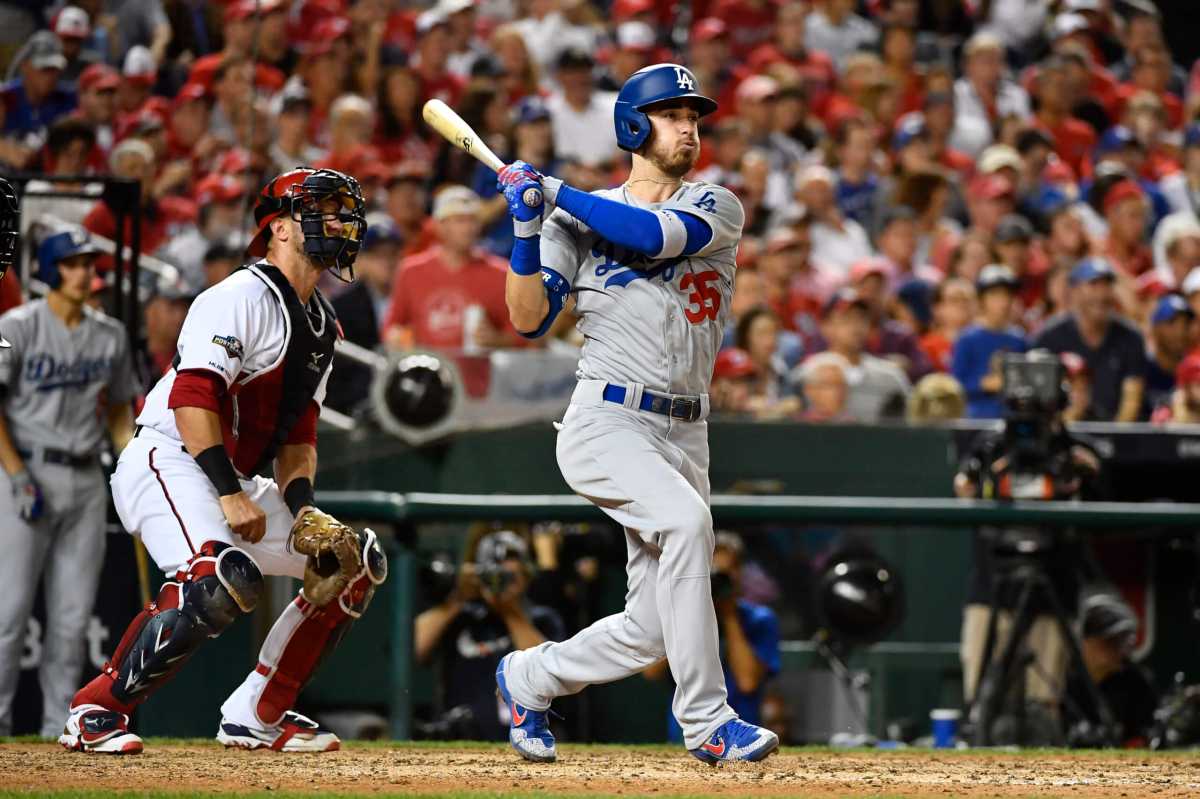Editor’s note: This story first appeared on AMNY.com
A truncated 2020 Major League Baseball season might return a feeling of normalcy to a certain degree, but the accolades achieved within the campaign will likely come with an asterisk.
While owners and the players union squabble over proper compensation — a storyline that won’t gain much sympathy from baseball fans around the world — the proposed 82-game season set to begin in early July amid the coronavirus pandemic likely won’t supply such prolific numbers.
After a 2019 campaign that saw the continued resurgence of the home-run ball which saw 10 players sock over 40 home runs, we won’t have enough time to see such prolific numbers in 2020.
There will be no pitchers flirting with 20 wins or 300 strikeouts, no closers gunning for 50 saves.
But there is an opportunity to see something that hasn’t been done in 79 years: A .400 season.
Of course, the premise of attaining such a high batting average will come with the clear and obvious detraction of MLB playing half a season in 2020. Understandably, that calls for prominent asterisk in the record books should a player hit that mark.
Seeing that number on paper, however, would be quite a sight to behold when considering the rarity of it.
The last time Major League Baseball saw a qualified batter hit .400, Ted Williams of the Boston Red Sox recorded a .406 mark in 141 games during the 1941 season.
It was the 28th time in MLB history, dating back to 1876, that a player hit .400 or better and the 25th time in league history that it was achieved by a player accruing at least 502 plate appearances.
Those 502 plate appearances are what qualifies a modern-day batter’s statistics in the record books. For a player to qualify for a batting title — or have his accolades in the record books — he must average 3.1 plate appearances per team game. Plate appearances are used rather than at-bats to ensure those who pile up a lot of walks aren’t penalized.
Since Williams’ .406 in 1941, there have been some legitimate .400 challengers, but all have fallen short:
- Tony Gwynn, San Diego Padres- .394 in 1994 (strike-shortened season)
- George Brett, Kansas City Royals- .390 in 1980
- Rod Carew, Minnesota Twins- .388 in 1977
- Larry Walker, Colorado Rockies- .379 in 1999
- Stan Musial, St. Louis Cardinals- .376 in 1948
- Nomar Garciappara, Boston Red Sox- .372 in 2000
- Todd Helton, Colorado Rockies- .372 in 2000
- Ichiro Suzuki, Seattle Mariners- .372 in 2004
Such runs at a hallowed mark come few and far between, but a truncated season offers increased chances of a player hitting and maintaining that mark.
For a player’s batting totals to qualify in 2020, he would have to accrue at least 254 plate appearances.
Remember that number.
We haven’t necessarily seen many flirt with .400 under those parameters over the last 30 years. But it has happened, which offers a glimmer of hope.
- Larry Walker, Colorado Rockies: .398 in 84 games (369 PA) in 1997
- Tony Gwynn, San Diego Padres: .394 in 82 games (365 PA) in 1997
- John Olerud, Toronto Blue Jays: .395 in 87 games (372 PA) in 1993
- Andres Galarraga, Colorado Rockies: .391 in 69 games (290 PA) in 1993
- Ichiro, Seattle Mariners: .429 in 75 games (360 PA) in 2004
- Joey Votto, Cincinnati Reds: .408 in 71 games (314 PA) in 2016
- Barry Bonds, San Francisco Giants: .404 in 59 games (265 PA) in 2002
As for today’s premier hitters, who would be the most likely to mount such a challenge? After all, the last 18 batting champions haven’t even sported a batting average above .350.
Tim Anderson of the Chicago White Sox — who won the AL batting title with a .335 batting average — batted .359 in his final 258 at-bats of the 2019 season.
Ten more hits and he would have batted .400.
Jeff McNeil of the New York Mets batted .344 over his first 82 games (348 PA) of the 2019 season. At game No. 72, which still exceeded that 254 plate-appearances threshold, that mark was up to .351.
Seventeen more hits by that 82nd game and he would have reached .400.
Cody Bellinger of the Los Angeles Dodgers was batting .404 until May 21, his 47th game of the season (199 PA). While it wouldn’t have qualified even in an 82-game campaign, he was still batting .374 by his 254th plate appearance of the season on June 4.
Again, seeing .400 in the record books during a shortened season will take away from its legitimacy, but a chase for such a hallowed mark when sports fans need something to cheer about is just what baseball needs.
Worry about the ramifications on the stat sheets later.




























